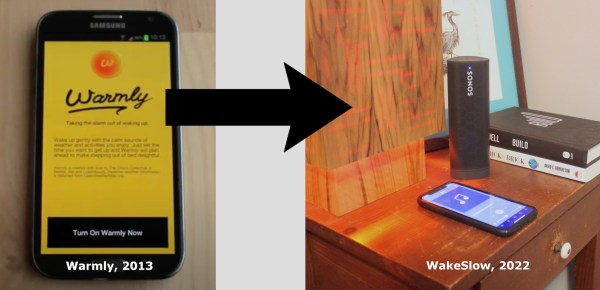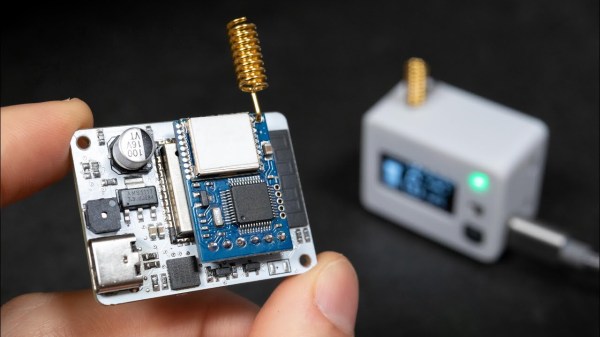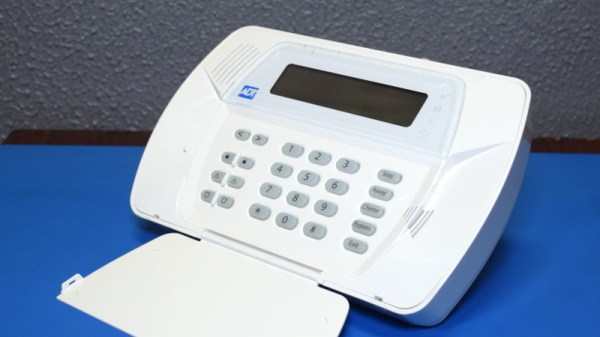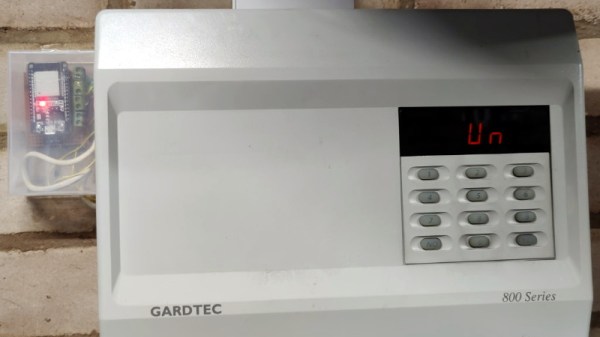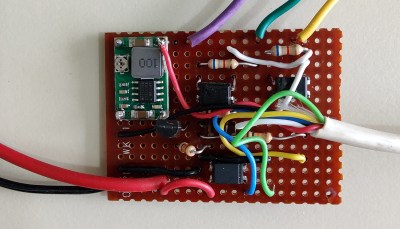We suspect that most of us who use an alarm clock have our particular sound memorized. Common choices are annoying beeping, energetic marimbas, or what used to be your favorite song (which you have now come to despise). [Adam Kumpf] wanted a more pleasant alarm clock and came up with WakeSlow, an alarm clock audio stream, which is a spiritual successor to an earlier project he did called Warmly.
Some might say, “an audio stream? You could create an acceptable alarm tone generator with a 555 and a 2N2222”. The idea behind WakeSlow is to use your existing internet-connected alarm clock that can play an audio stream. You generate a URL using WakeSlow, and it plays the alarm. A custom URL is helpful since it incorporates weather data, letting you know if it’s going to rain, blowing wind, or be sunny that day. It mixes CC0 audio to form the stream, and includes a 5-minute fade to wake you up gradually. After five minutes, it’s jazz time, and it plays a sample of some CC0 jazz.
The code is super simple, and he makes it available on his website under a public domain/CC0 license. The simplicity offers something powerful, making it exactly how you like it. You could incorporate holiday information, a text-to-speech news announcer reading the news of what’s on your calendar that day, or anything you can dream of.
Hackers are generally particular about clocks, and alarm clocks fall under the same umbrella. WakeSlow allows you to skip the hardware part of making your customized alarm, but if you prefer to have the whole thing be custom, we have a few suggestions for alarms to look at.

